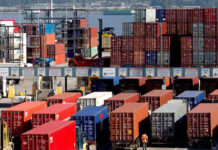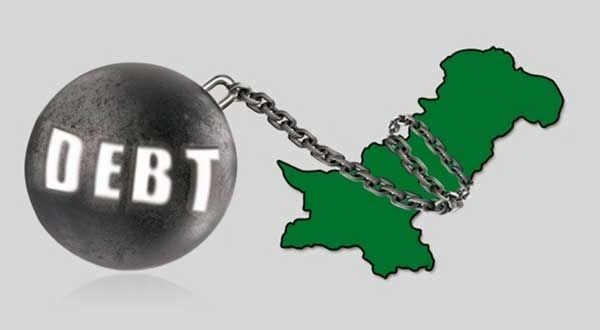Islamabad: In the newly introduced Finance Act 2017, the Federal government has once again changed the very meaning of public debt in contravention of a Supreme court ruling. The ruling from the top court had made it clear that no changes could be made without the go ahead of the Federal Cabinet.
Last year, the government had also made changes to the definition of public debt by making major modifications to the Fiscal Responsibility and Debt Limitation (FRDL) Act 2005 to accommodate this move. As per the Finance Act 2017, the new formula according to the new clause is: total debt= Public debt – accumulated deposits of the provincial and federal governments within the banking system.
As per this new formula derived for calculating total debt of the government, Pakistan’s debt file will be understated by a gargantuan figure of Rs2t. This understatement would result in the public debt falling to Rs18.9t till March this year.
These newly made amendments to the FRDL Act 2005, did not form part of the original Finance Bill 2017 that was passed by the federal cabinet on the 26th of May. And the FRDL Act 2005 was enacted and passed by both houses of parliament in 2005, hence changes to it can only be made by the Senate and National assembly.
The original FRDL Act 2005 had envisaged that the public debt couldn’t be more than 60pc of the country’s GDP, but the government twisted and changed it to “public debt to 60% of GDP by end of June 2019” last year in June. Pakistan’s public debt as of March 2017 still stands at Rs20.9t or 65.5pc of the GDP. Since coming into power, the government has been on a borrowing spree domestically and from financial institutions abroad.
In an article for Profit Jazib Nelson had commented “The government of Pakistan is borrowing heavily from domestic sources i.e. commercial banks. In FY 2000, almost half of the total public debt was from domestic sources. Now this has increased to 70%. Debt from domestic sources is more expensive than from external sources like International Financial Institutions (the fact that borrowing from such institutions involve stern conditions is a different debate altogether). Based on the latest available data, interest rate on domestic loan was 11.3% in 2014 while interest rate on external debt was only 2.1% for the same year. Pakistani economy which is growing at a rate of 4-5% per year may encounter problem servicing domestic debt at an interest rate of 11.3%.”

























